
Let’s set the record straight right at the top – Karo syrup IS corn syrup. What it ISN’T is high fructose corn syrup. Confusing? Yes. But simply put, there are good sugars, not-so-good sugars, sugars we have to live with if we want our foods to taste good, and sugars that are absolutely NOT GOOD for us. And a little bit of each has most likely found its way into your diet, and your body, during your lifetime. Moderation is the key when ingesting the good, the bad and the ugly, especially when it comes to that holiday pecan pie staring you in the face.
The Science Behind Corn Syrup
Corn syrup, the result of corn milled into a syrup, is used to sweeten foods. Food manufacturers use the syrup instead of sucrose-based processed sugar from cane or beets because it’s cheaper. It’s also the ingredient that brings people back to a product time and time again, especially children who love sweetness in their foods.
There are two types of corn syrup: pure corn syrup, which is 100% glucose, and high fructose corn syrup, which has had a high proportion of its glucose converted to fructose. And here is where the differences become confusing.
Table sugar, known scientifically as sucrose, contains 50% glucose, the energy source for your body, and 50% fructose. While the liver can process glucose, it needs to massage the fructose before it can be digested, putting undue pressure on the liver. Fructose = bad sugar, hence the warnings on food labels for products touting, “No High Fructose Corn Syrup” or “No HFCS.”
Karo Syrup ‒ Beyond Corn Syrup
So, how can Karo syrup, a corn syrup, bill itself as having “No HFCS?” It’s in the processing‒ or lack of processing, that is. Karo syrup hasn’t been tinkered with enzymatically. Once the cornstarch has been milled and liquefied, it’s then clarified and bottled. Karo Light is made of light corn syrup, salt and vanilla, while the dark version contains caramel flavoring and coloring, plus salt and refiners syrup in addition to dark corn syrup.
Read the Labels
You may be surprised at the amount of food in your refrigerator or pantry that contains HFCS. Ketchup; jams and jellies; cereals, especially those aimed at the children’s market; candy; salad dressings; junk food and colas all list high fructose corn syrup on their ingredients labels. In moderation, ingesting small amounts of HFCS isn’t dangerous. But a daily diet of it just may lead to disastrous health results.
Make Your Own Sugar Syrup
A simple syrup can easily substitute for corn syrup in recipes, and it’s easy to make. It also doesn’t use corn, and when you think of it, commercial corn syrup doesn’t taste like corn, so yours won’t miss the corn starch ingredient.
Simple Syrup Recipe
Total Time: 20 minutes | Servings: 2 cups
Ingredients:
- 2 cups white or fine-ground sugar
- 3/4 cup water
- 1/4 teaspoon cream of tartar
- Pinch of salt
Directions:
- In a large saucepan over medium heat, combine all the ingredients and bring them to a boil, stirring constantly.
- Once boiling, reduce the heat to a simmer.
- Using a rubber spatula, scrape sugar granules from the sides of the saucepan.
- Cover and reduce the heat to simmer for 3 minutes.
- Uncover and continue to simmer until the mixture becomes thick.
- Remove from heat, cool, cover and store for up to two months.
Add a vanilla bean, vanilla extract or molasses to darken your sugar syrup and to add another dimension to your syrup.
Check Out These Thanksgiving Dinner Recipes
Gallery (24 photos)

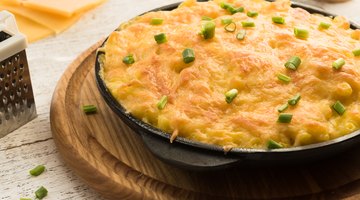


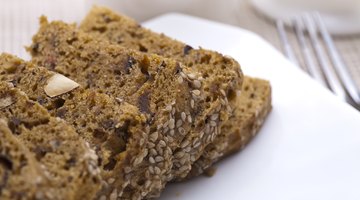
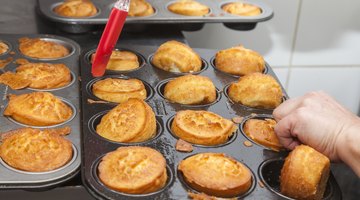


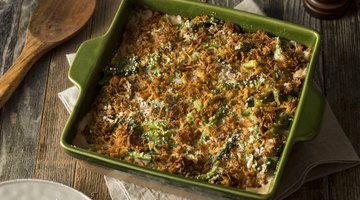
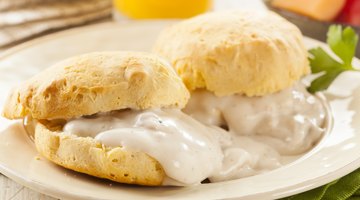


References
Writer Bio
My seventh grade English teacher didn't realize what she was unleashing when she called me her "writer," but the word crept into my brain. I DID become a writer. Of advertising copy, dialogue and long-term story for several network soap operas, magazine articles and high-calorie contents for the cookbook: Cooking: It AIn't Rocket Science, a bestseller on Amazon! When I'm not writing, I'm cooking!